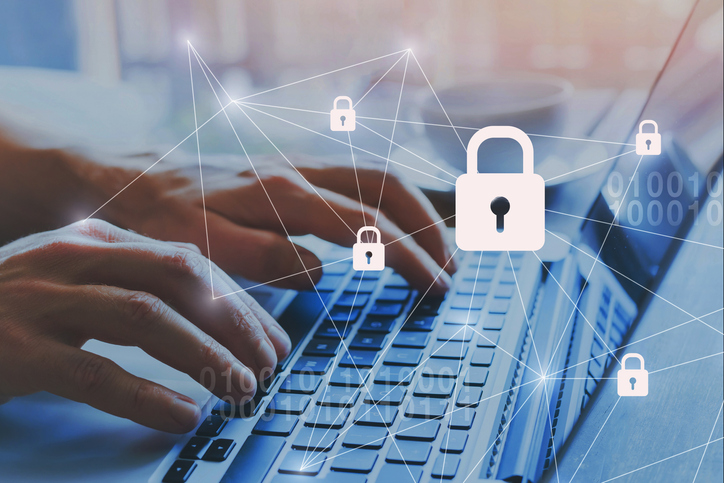
11 Jun Secure User Onboarding with Remote Identification SEPBLAC: Requirements and Responsibilities
In the digital age, remote identification is an essential tool for user onboarding in your software. Complying with the SEPBLAC (Executive Service of the Commission for the Prevention of Money Laundering and Monetary Offenses) regulations is crucial to ensure the security and legality of the process. Below, we detail the requirements you should request from a third-party platform to subcontract this service and the responsibilities that fall on your development company.
Requirements for the Third-Party Platform
Regulatory Compliance:
- SEPBLAC Regulation: Ensure that the platform complies with the guidelines and regulations established by SEPBLAC.
- GDPR: Verify that the platform complies with the General Data Protection Regulation (GDPR) to protect users’ personal information.
Certifications and Audits:
- ISO 27001 Certification: The platform should have certification in information security management, ensuring high security standards.
- Independent Audits: Request periodic audit reports conducted by third parties to verify system compliance and security.
Technology and Security:
- Multi-Factor Authentication (MFA): The platform must use robust authentication methods to ensure user identity.
- Data Encryption: It is essential that data is encrypted both in transit and at rest to protect sensitive information.
- Biometric Recognition: Integration of advanced facial and biometric recognition technologies to verify identity authenticity.
Fraud Detection Procedures:
- Continuous Monitoring: The platform must have systems in place to monitor and detect suspicious activities in real-time.
- Incident Management: There should be clear procedures for reporting and handling any detected security or fraud incidents.
Responsibilities of the Development Company
Platform Evaluation and Selection:
- Conduct a thorough evaluation to ensure the platform meets all the mentioned regulatory and security requirements.
- Verify the platform’s certifications and audits before contracting.
Establishment of Clear Contracts:
- Clearly define the responsibilities and obligations of both parties in the contracts.
- Include clauses on data protection, incident management, and dispute resolution.
Continuous Monitoring and Compliance:
- Perform continuous monitoring to ensure the platform maintains security and compliance standards over time.
- Implement periodic internal audits to verify regulatory compliance and the effectiveness of the subcontracted service.
Training and Awareness:
- Ensure your team is trained on regulations and security procedures.
- Promote awareness about the importance of data protection and secure identification among all employees.
By following these guidelines, your development company can guarantee secure and compliant onboarding, using high-quality and secure remote identification services.

